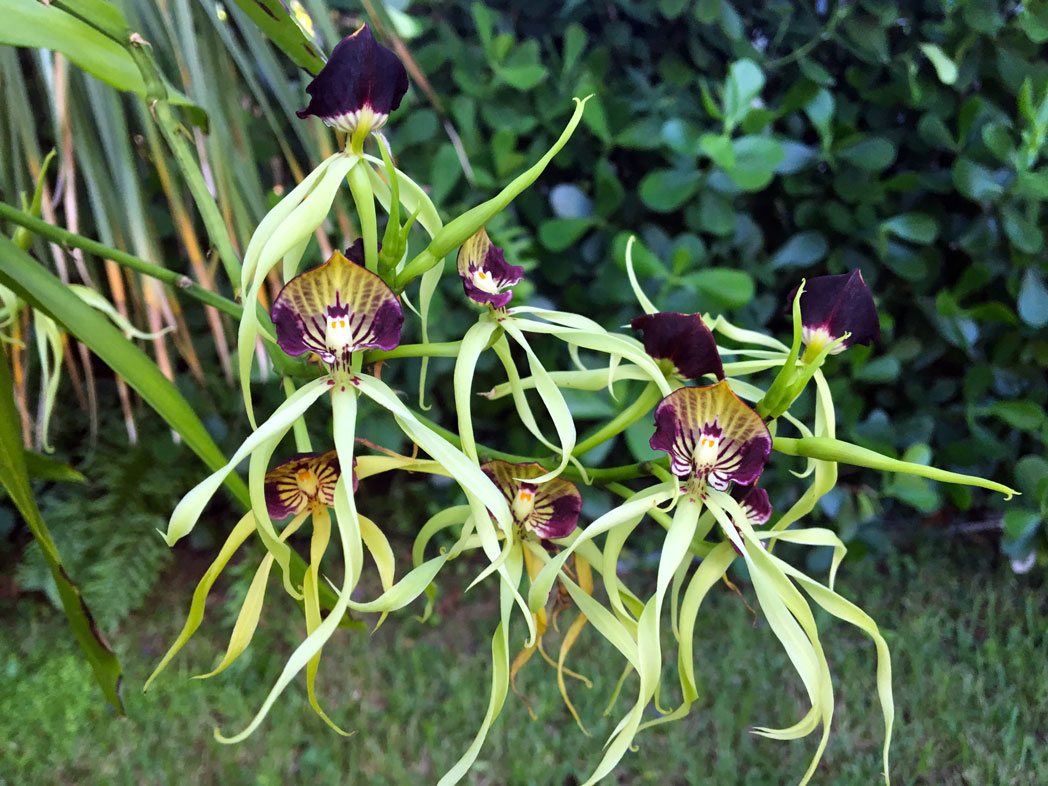We have much more to do and your continued support is needed now more than ever.
Unique Plants and Wildlife Found in America’s Everglades
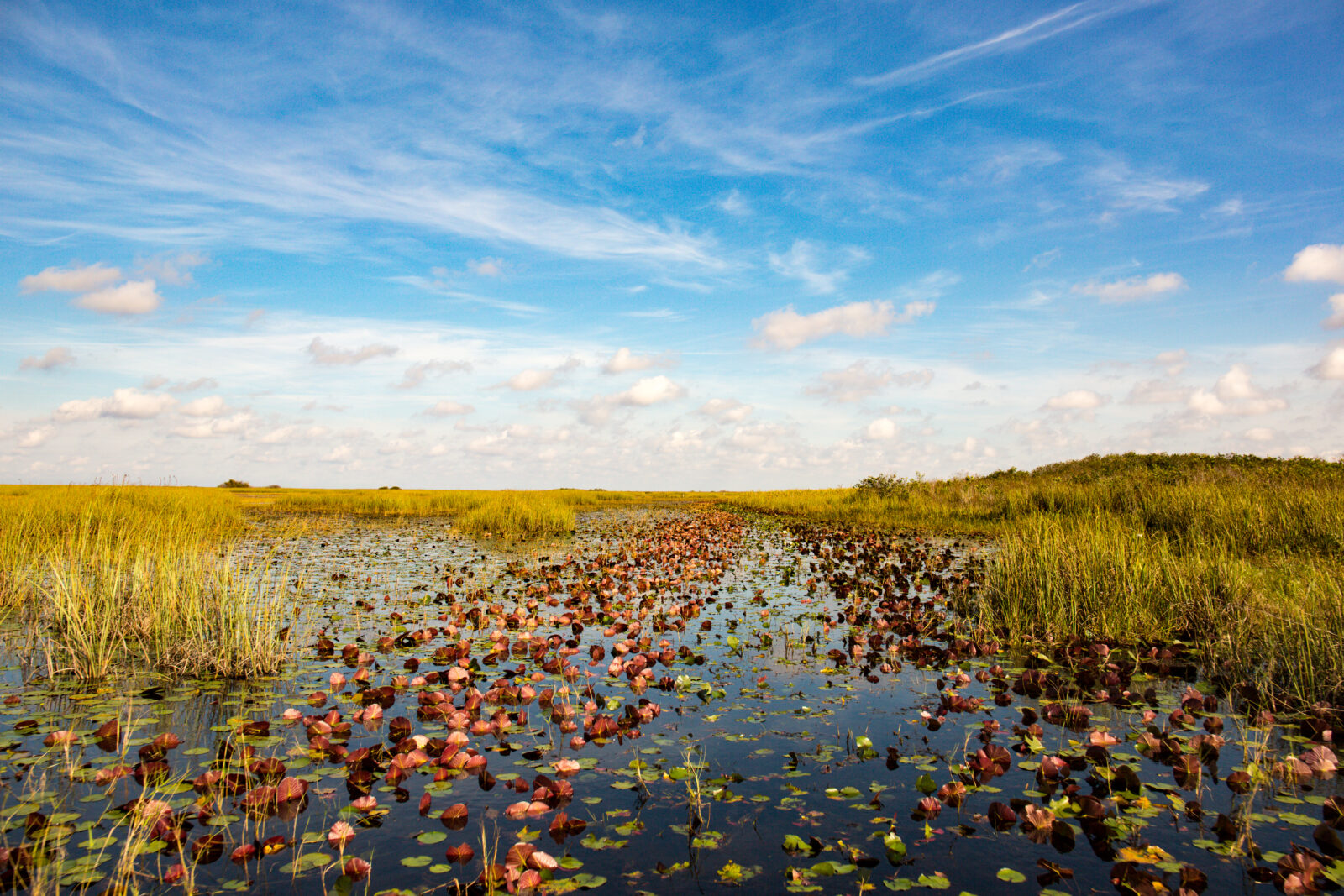
Spanning 1.5 million acres, America’s Everglades is a unique biodiversity hotspot. The Greater Everglades sustains the economies of neighboring communities, enhances outdoor recreation opportunities, and replenishes the aquifer that provides drinking water to millions of Floridians. This wetland ecosystem is brimming with immense human communities and an extensive web of wildlife. Everglades National Park is among the most productive ecosystems in the world. Home to an abundance of unique, threatened, and endangered species, it is the only place in the world where American Alligators and American Crocodiles coexist.
Unfortunately, decades of development have resulted in a loss of 50% of the historic Everglades ecosystem. What remains is impacted by insufficient water flow to Everglades National Park and too much polluted water in the wrong places at the wrong times. Climate change and efforts to reduce clean water protections for wetlands are exacerbating these challenges.
National Wildlife Federation and our partners are working to restore America’s Everglades by securing robust funding for restoration projects that will redirect the flow of clean freshwater from Lake Okeechobee through the Everglades and into Florida Bay. Protecting clean water will rehydrate this national treasure and protect the unique fish, wildlife, and vegetation that call this place home.
Six Spotted Fishing Spider
The Six Spotted Fishing Spider is aptly named for the six spots on its underside and for its fishing behaviors. Unlike most spiders, the Six Spotted Fishing Spider does not shoot webs to capture prey. Instead, it rests motionless on the surface of the water for hours, patiently awaiting the ripple that signifies that there’s prey nearby. As soon as it distinguishes the vibration of its potential prey—anything from insects to tadpoles to small fish—from that of a trapped leaf, it darts into action. If its prey is at the surface of the water, it may crawl over submerged vegetation slowly or may race across the surface of the water, using several pairs of legs like oars to row through the water. However, if the prey is within the water column, the Six Spotted Fishing spider will use its strong legs to dive down up to seven inches deep in order to capture its prey underwater. These spiders have been observed to jump from the water’s surface in attempt to catch air-borne prey, such as birds, fish, frogs, snakes, and dragonflies. The spider grabs its prey with hooked front feet, subdues it with venom, and eats it.
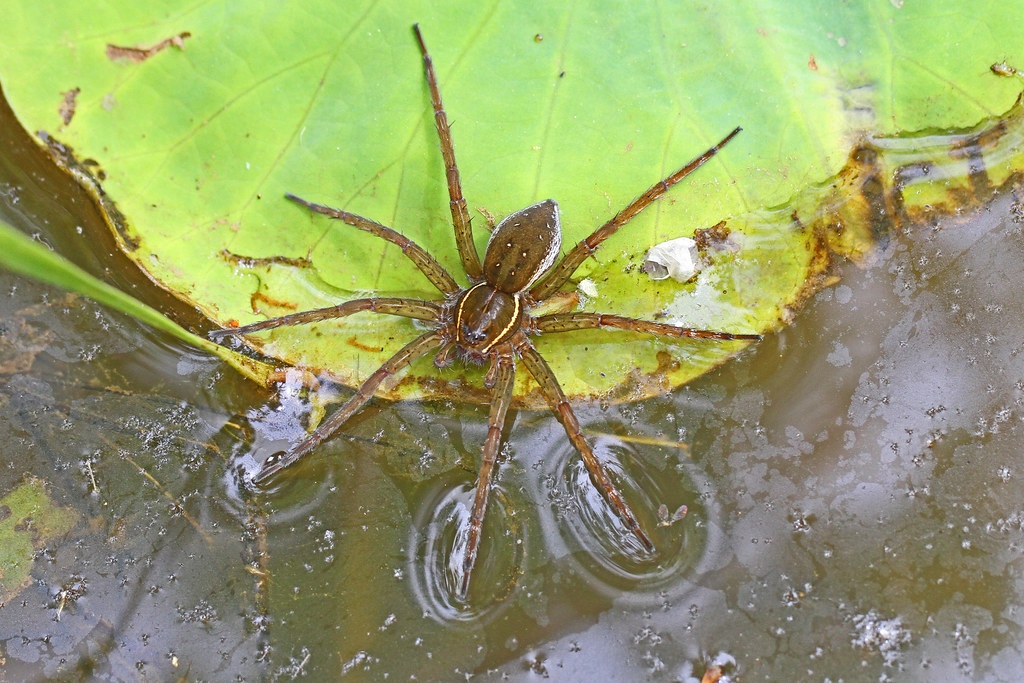
Short, water-repellant hairs hold air against the spider’s body, allowing it to stay submerged for up to thirty minutes before it needs to breathe. Because their lungs hold so much air, these spiders are very buoyant and must grab underwater rocks or plants to keep from floating to the surface.
Leatherback Sea Turtle
The Leatherback Sea Turtle is extremely unique. They are the only sea turtle to lack scales and a hard shell. Instead the Leatherback has tough and rubbery skin, composed of cartilage-like tissues. Weighing in at up to 2,000 pounds and diving up to 4,000 feet, leatherback sea turtles are the largest and deepest-diving turtles on Earth. These endangered turtles can stay underwater for up to 85 minutes and only leave the water to mate. Sea turtles travel incredible distances and Leatherbacks hold the record in longest distances-one swimming 13,000 miles over 647 days.
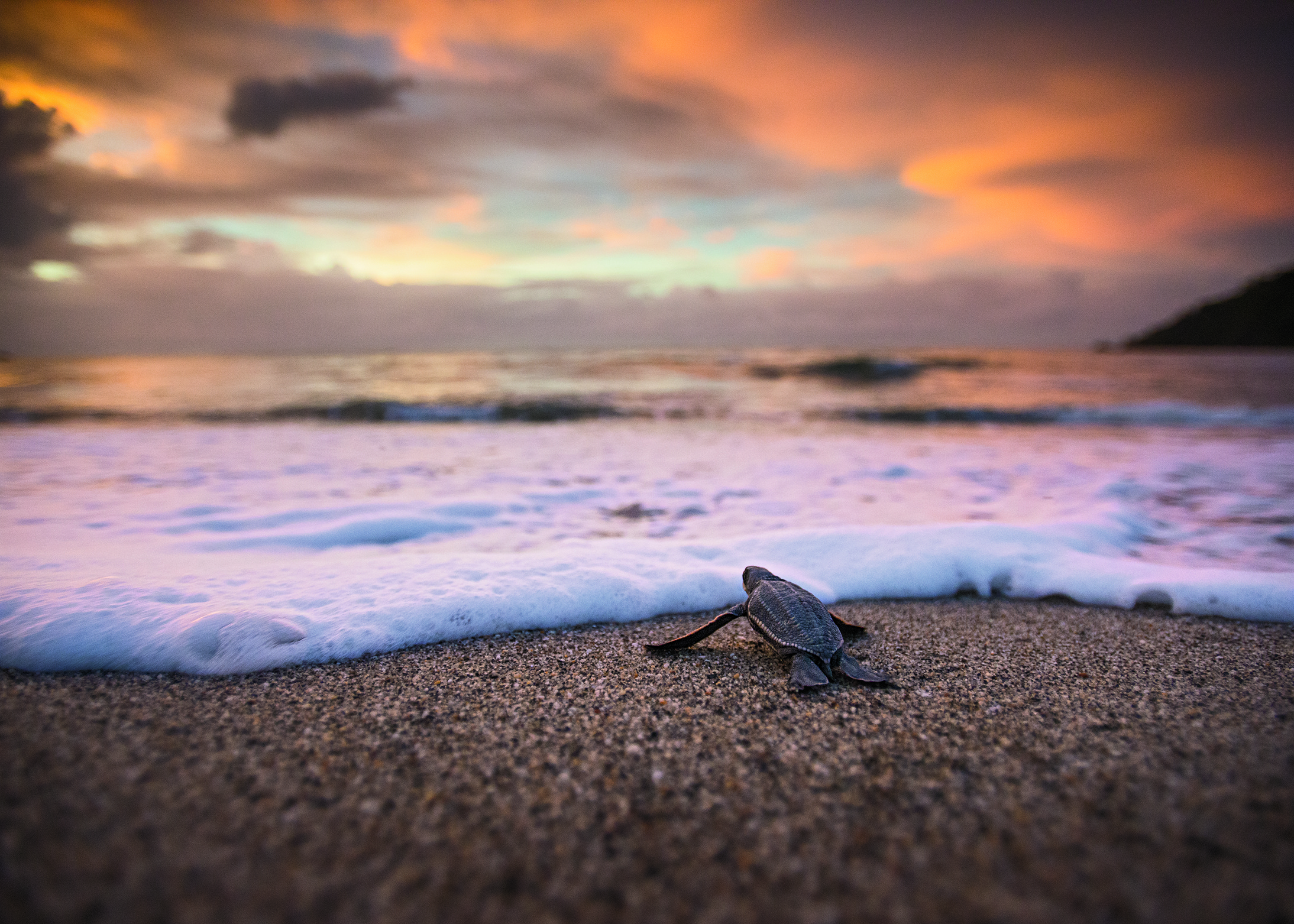
It’s almost inconceivable that these turtles can use their sensitivity to Earth’s magnetic field to make their way back to the beach that they had once hatched on to lay their own eggs. Only 1 in 1,000 of these eggs laid will survive until adulthood, due to both natural predators and human interaction such as bycatch in fisheries, egg harvest, nest habitat destruction, etc. The time between hatching and when the hatchlings return to coastal waters to forage, which can take up to 20 years, is a period referred to as the “lost years” due to lack of knowledge of turtle whereabouts during this time.
Marsh Rabbit
The Marsh Rabbit is a nocturnal and solitary creature. These rabbits will often hide in dense thickets or submerge themselves in muddy waters, with only their eyes and nose breaching the surface of the water and their ears pulled back flat to hide from predators, almost like an alligator. When flushed out of these concealed spots, rabbits will squeal as they try to swim away. Marsh Rabbits are excellent swimmers: their hind legs have long nails and less fur which allows for speedy swimming. As a result, they can easily evade predators in the water and are far better protected there than on firm ground.
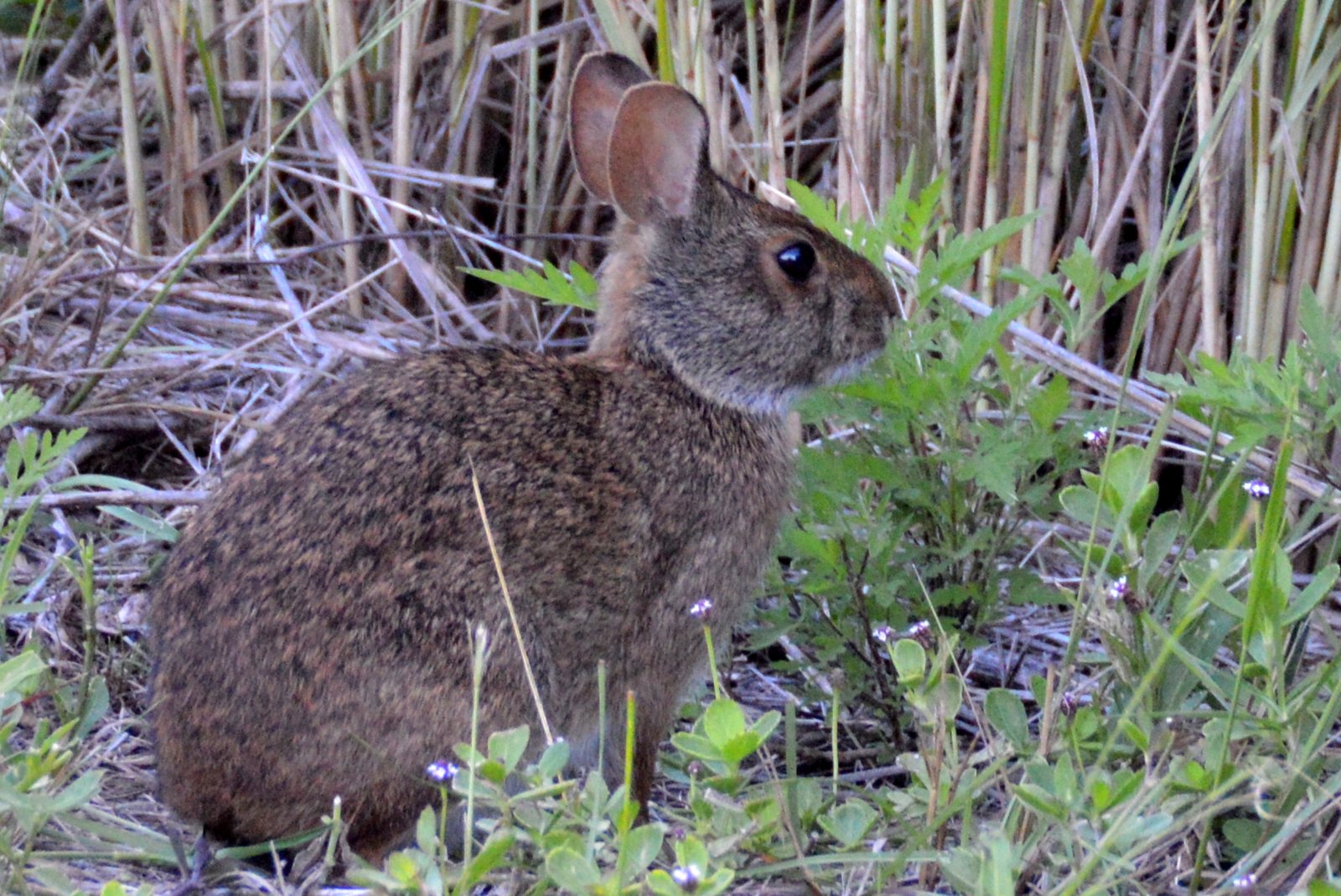
Because Marsh Rabbits are herbivores, they must leave the water to feed on marsh land plants such as cattails, brushes, grasses, hyacinths, and potatoes. Unlike most rabbits, they are able to walk on all fours, placing paws downs one by one, like a cat. Although this adaptation allows them to better traverse the dense and swampy vegetation on land, they face a risk any time they leave the water as their short hind legs provide a hindrance to their ability to run away from predators.
Smalltooth Sawfish
Smalltooth Sawfish are named for the way they look: they have a long flat snout that holds up to 29 saws or “rostra” on each side. Although shark-like in appearance, they are actually a type of ray. Sawfish pups are born with their saws encased in a thick gelatinous material that dissolves soon after in order to protect their mothers. These rostra contain electro-sensitive organs that allow the Smalltooth Sawfish to sense where their prey may be. They eat anything from invertebrates to fish by thrashing their snout back and forth near the bottom of the sea floor. For the most part, they are cautious and don’t prefer to kill prey with their rostra, they simply stun them with their snout.
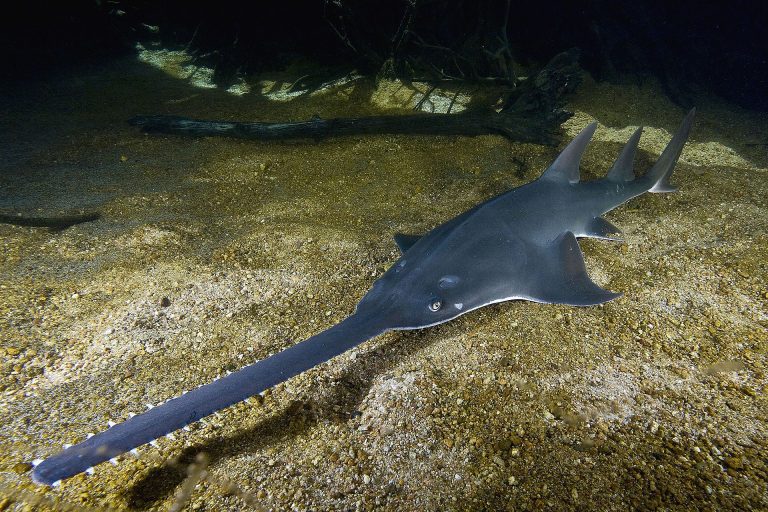
In desperate times, a female Smalltooth Sawfish who does not have access to a male individual may asexually reproduce a female offspring. This offspring will be genetically identical to the mother with no other sources of genetic input. Approximately 3% of the entire Smalltooth Sawfish population are cloned offspring. This may occur more frequently as the already endangered Smalltooth Sawfish faces increased stressors from human activity.
Roseate Tern
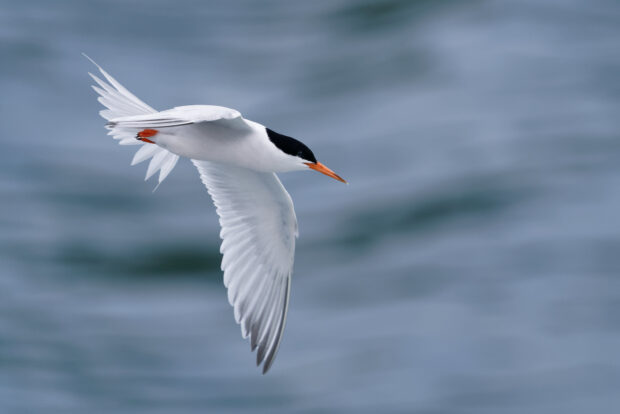
The Roseate Tern is a beautiful but threatened bird that resides in the coastal reaches of the Everglades system. Sometimes seen as white birds with black markings and patches, these terns alter completely in color during breeding season. Breeding adult terns have gray backsides and white undersides that completely flush with a pale pink—or roseate—color, imbuing them with their names. Both breeding and non-breeding terns have deeply forked gray tails with long white feathers, known as “streamers.” Along with their visual beauty, the Roseate Tern makes a variety of distinguishable and charming musical calls, including high-pitched calls for advertising and raspy calls for alarming others. These birds primarily feed on small fish, capturing prey by plunge diving. They may patrol from heights of up to 40 feet before swooping down into the water and submerging over 20 inches to catch fish.
Florida Panthers
Florida Panthers are one of the most endangered species in the Everglades. They are one of largest species of cats found in North America and are hailed as the Florida State Mammal. Although they can leap more than 15 ft when pouncing on prey, they actually have more in common with a house cat than a tiger or lion: Florida Panthers can’t roar like other wildcats as it lacks a flexible hyoid. Florida Panthers historically traversed a wide range; previously spanning the entire Southeast US, they are now confined to the American Everglades. Along with this, there are only around 200 adults left in the wild. Thus, it is incredibly rare to run into one, even more so as they actively look to avoid and hide from humans. This elusive big cat is the only species of mountain lions to be found east of the Mississippi River.
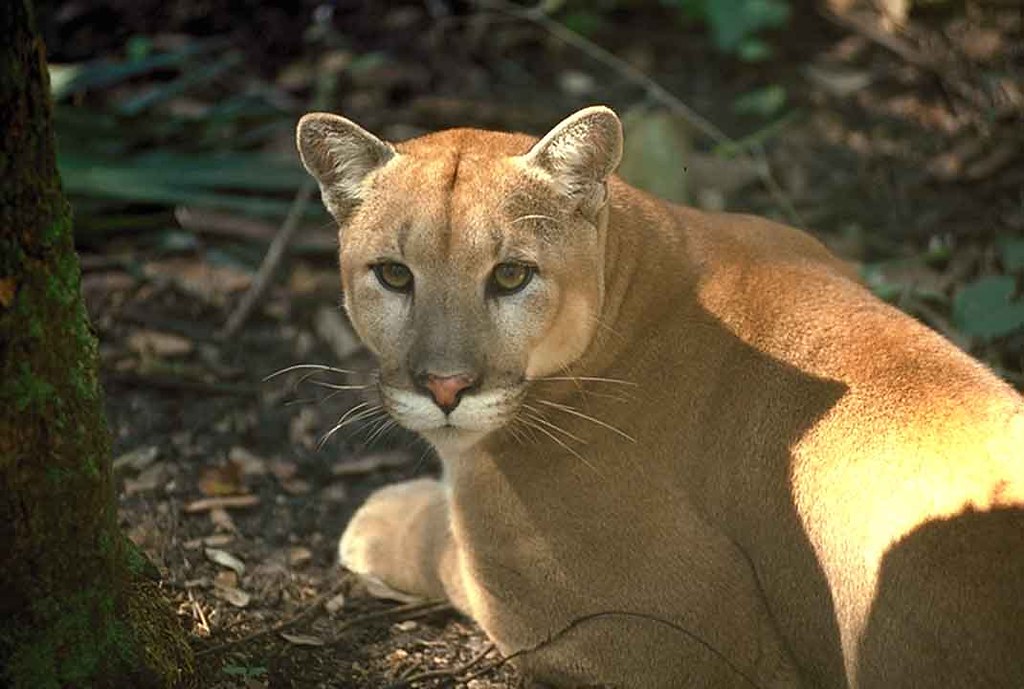
Clamshell Orchid
The Clamshell Orchid is an extremely distinctive and recognizable flower in Florida. Straight long petals shoot downwards from a purple erect shell-like petal structure that is speckled with cream-colored markings. Blooming from late fall to early spring, the shape of this orchid resembles a squid and is frequently covered in moss or algae. Known for its fragrant and long-lasting blooms, this gorgeous flower is an endangered species that is only found in the Floridian Everglades. Additionally, this orchid promotes self-pollination as their known pollinators—certain species of Hymenoptera—are far and few between.
